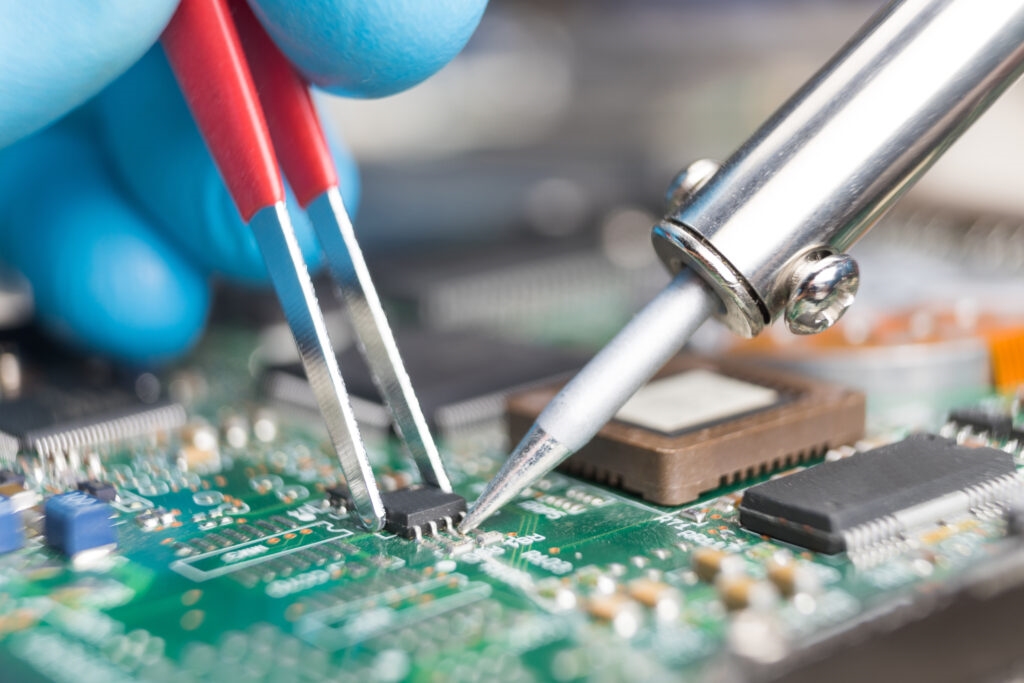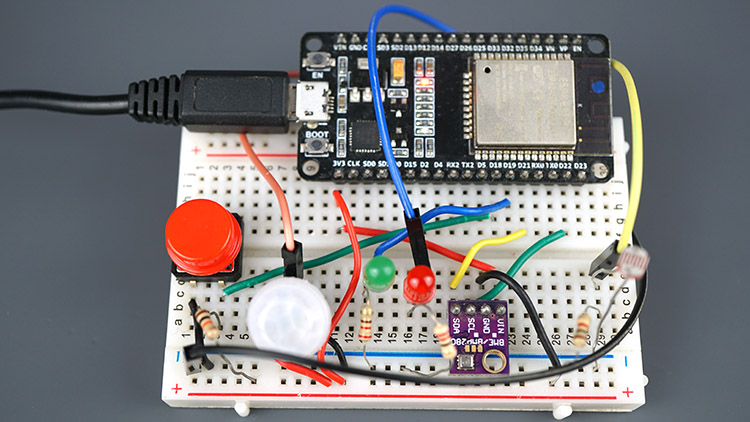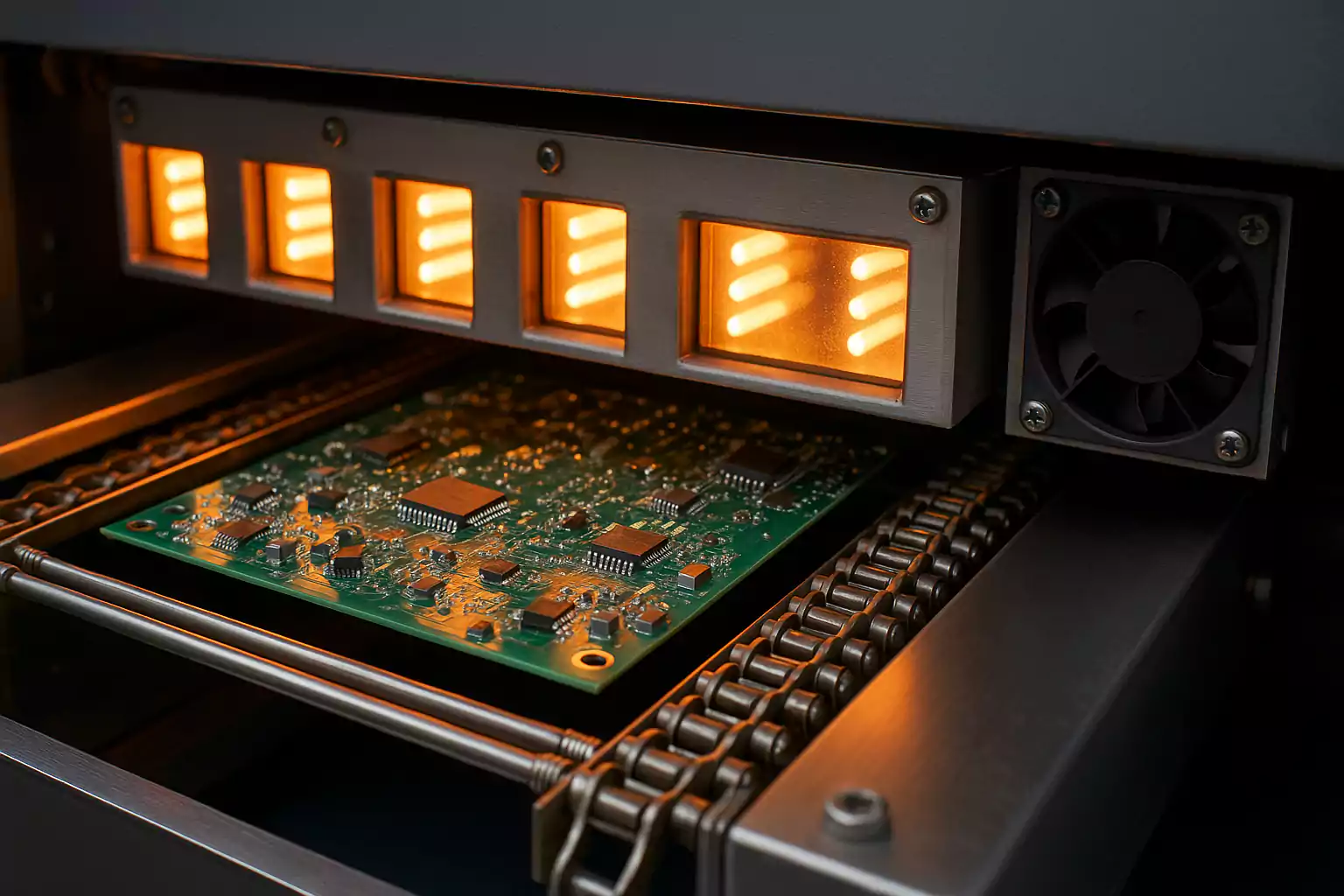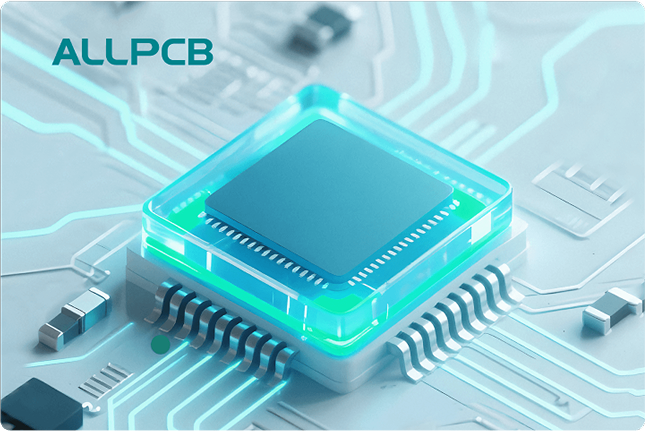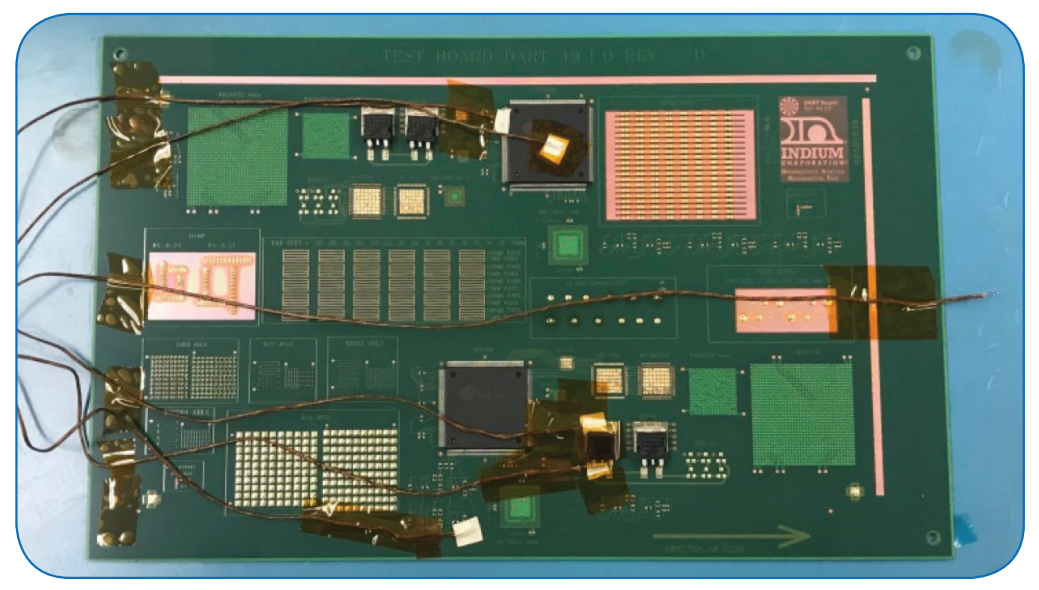Are you an electronics technician struggling with LCD screen issues? Whether it's a flickering display, dead pixels, or backlight failure, troubleshooting LCD screens can be a daunting task. In this comprehensive guide, we'll walk you through practical solutions for common problems like LCD screen troubleshooting, LCD backlight repair, LCD contrast issues, LCD pixel defects, LCD driver board problems, and fixing dead pixels on LCD. Let’s dive into actionable steps to diagnose and repair these issues effectively, ensuring you can restore functionality to monitors, TVs, and other devices with confidence.
Introduction to LCD Screen Technology
Liquid Crystal Display (LCD) screens are widely used in everything from computer monitors to televisions and mobile devices. They work by using liquid crystals to modulate light, creating images through a backlight system and pixel control. While LCDs are reliable, they can develop issues over time due to component wear, physical damage, or electrical faults. Understanding the common problems and how to address them is essential for any electronics technician. This guide will break down the troubleshooting process into manageable steps, focusing on the most frequent issues encountered in the field.
Common LCD Screen Problems and Initial Diagnosis
Before diving into specific repairs, it’s important to identify the root cause of an LCD issue. Here are some common symptoms and initial diagnostic steps for LCD screen troubleshooting:
- No Display or Black Screen: This could indicate a backlight failure, power supply issue, or driver board malfunction. Check if the screen is completely black or if faint images are visible under bright light (suggesting a backlight problem).
- Flickering or Dim Display: Often related to LCD backlight repair needs or loose connections. Inspect the power input and backlight inverter.
- Distorted Colors or Contrast: This points to LCD contrast issues, possibly due to a failing T-CON board or incorrect voltage settings.
- Dead or Stuck Pixels: Visible as small black or colored dots, these are LCD pixel defects that may or may not be repairable.
- Lines on Screen: Horizontal or vertical lines often stem from LCD driver board problems or damaged ribbon cables.
Diagnostic Tip: Use a multimeter to measure input voltage (typically 12V for most LCD panels) at the power connector. If the voltage is absent or below spec (e.g., less than 11.5V), the power supply unit may be faulty.
Step-by-Step Guide to LCD Backlight Repair
One of the most frequent issues with LCD screens is backlight failure, where the screen remains dark despite power. Here’s how to tackle LCD backlight repair:
- Check the Backlight Type: Most LCDs use either CCFL (Cold Cathode Fluorescent Lamp) or LED backlights. CCFLs are older and more prone to failure, while LEDs are more durable but can still burn out.
- Inspect the Inverter Board (for CCFL): The inverter board converts DC power to high-voltage AC for CCFL tubes. Measure the output voltage using a multimeter; it should be in the range of 600-1200V AC. If there’s no output, replace the inverter board.
- Test LED Strips (for LED Backlights): Remove the panel cover to access the LED strips. Use a DC power supply set to the rated voltage (often 24-36V, depending on the model) to test each strip. Replace any strip showing no light or dim output.
- Verify Connections: Loose or damaged connectors between the backlight and driver board can cause issues. Secure all connections and replace damaged cables.
Technical Note: Be cautious when handling CCFL inverters due to high voltage. Always discharge capacitors before working on the board to avoid electric shock.
Addressing LCD Contrast Issues
If your LCD screen shows washed-out colors or poor image quality, you’re likely dealing with LCD contrast issues. These problems often stem from incorrect voltage levels or component failures. Follow these steps:
- Check the T-CON Board: The Timing Control (T-CON) board manages image data and contrast. Inspect for burnt components or bulging capacitors. Replace the board if damaged.
- Measure Voltage Levels: Key voltages like VGH (TFT switching voltage, around 30V) and VGL (TFT turn-off voltage, around -6V) should be within manufacturer specs. Deviations can cause contrast problems.
- Adjust Settings: If hardware checks out, reset the display settings via the device’s menu. Over-adjusted contrast or brightness settings can mimic hardware failures.
Pro Tip: If replacing the T-CON board, ensure compatibility by matching the part number. Incorrect boards can worsen contrast or cause no display at all.
Dealing with LCD Pixel Defects and Fixing Dead Pixels
LCD pixel defects like dead or stuck pixels are frustrating but sometimes fixable. Dead pixels appear black, while stuck pixels show a fixed color. Here’s how to approach fixing dead pixels on LCD:
- Identify the Defect: Use a pixel test tool or display a solid color (black, white, red, green, blue) to spot defective pixels. Note their position on the screen.
- Apply Software Fixes: Tools like pixel refresh software can cycle colors rapidly to unstick pixels. Run the tool for 10-15 minutes and check if the pixel responds.
- Manual Pressure Method: For stuck pixels, turn off the screen and gently press the affected area with a soft cloth for 5-10 seconds. Turn the screen back on to see if the pixel resets. Avoid excessive force to prevent panel damage.
- Accept or Replace: If software and manual methods fail, dead pixels are often permanent due to transistor failure within the panel. Replacement of the entire panel may be necessary if defects are widespread.
Reality Check: While some stuck pixels can be revived, true dead pixels (caused by physical damage or manufacturing defects) are rarely repairable without replacing the panel, which can cost 60-80% of a new device’s price.
Troubleshooting LCD Driver Board Problems
The driver board, often integrated with the mainboard or as a separate component, controls data signals to the LCD panel. LCD driver board problems can cause lines, distorted images, or no display. Here’s how to diagnose and fix them:
- Visual Inspection: Look for burnt components, cracked solder joints, or bulging capacitors on the driver board. These are common failure points.
- Test Signal Output: Use an oscilloscope to check data signals from the driver board to the panel. Look for consistent waveforms; irregularities suggest a board fault.
- Check Ribbon Cables: Damaged or poorly connected ribbon cables between the driver board and panel can mimic board failure. Reseat or replace as needed.
- Replace if Necessary: If the driver board is confirmed faulty (e.g., no signal output or visible damage), source a compatible replacement. Ensure firmware matches if the board includes processing chips.
Technical Data: Driver board signals often operate at frequencies between 60-120 Hz for standard displays. If your oscilloscope shows no signal or erratic pulses, the board is likely defective.
Preventive Maintenance Tips for LCD Screens
While repairs are inevitable, proper care can extend the life of LCD screens and reduce the need for frequent troubleshooting. Here are some practical tips:
- Avoid Physical Stress: Prevent impacts or pressure on the screen, which can cause pixel defects or panel cracks.
- Control Environment: Keep devices in a cool, dry place. High humidity or temperatures above 40°C (104°F) can degrade backlight components and driver boards.
- Use Surge Protectors: Power surges can damage internal components like the driver board or inverter. A surge protector can mitigate this risk.
- Regular Cleaning: Use a microfiber cloth to clean the screen and prevent dust buildup around vents, which can overheat internal components.
Tools and Equipment for LCD Troubleshooting
Effective LCD screen troubleshooting requires the right tools. Here’s a list of essentials for electronics technicians:
- Multimeter: For measuring voltages and continuity in power supplies and backlights.
- Oscilloscope: To analyze signal integrity from driver boards.
- Screwdriver Set: Precision screwdrivers for opening panels without damaging screws or casings.
- Anti-Static Wrist Strap: To prevent electrostatic discharge (ESD) damage to sensitive components.
- Replacement Parts: Keep spare backlight strips, T-CON boards, and ribbon cables for common models on hand.
Budget Tip: A basic digital multimeter costing around $20-30 can handle most voltage and continuity tests, making it an affordable starting point for beginners.
When to Seek Professional Help or Replace the Screen
Not all LCD issues are worth repairing. If the cost of a new panel or complex repair exceeds 70-80% of the device’s value, replacement may be more economical. Additionally, seek professional help if:
- The panel is physically cracked (repair is rarely feasible).
- Multiple components (e.g., driver board and backlight) fail simultaneously, indicating broader damage.
- You lack the tools or expertise for high-voltage repairs like CCFL inverter fixes.
Always weigh the time, cost, and risk before proceeding with complex repairs.
Conclusion
Troubleshooting LCD screens doesn’t have to be overwhelming for electronics technicians. By systematically addressing issues like LCD backlight repair, LCD contrast issues, LCD pixel defects, LCD driver board problems, and fixing dead pixels on LCD, you can restore functionality to most displays. Start with a thorough diagnosis, use the right tools, and follow the step-by-step methods outlined in this guide. With practice, you’ll gain confidence in handling even the trickiest LCD screen troubleshooting tasks. Keep learning, stay safe with high-voltage components, and maintain your equipment to prevent future issues.
At ALLPCB, we’re committed to supporting technicians with resources and insights for electronics repair and design. Bookmark this guide as a handy reference for your next LCD repair project!
 ALLPCB
ALLPCB


